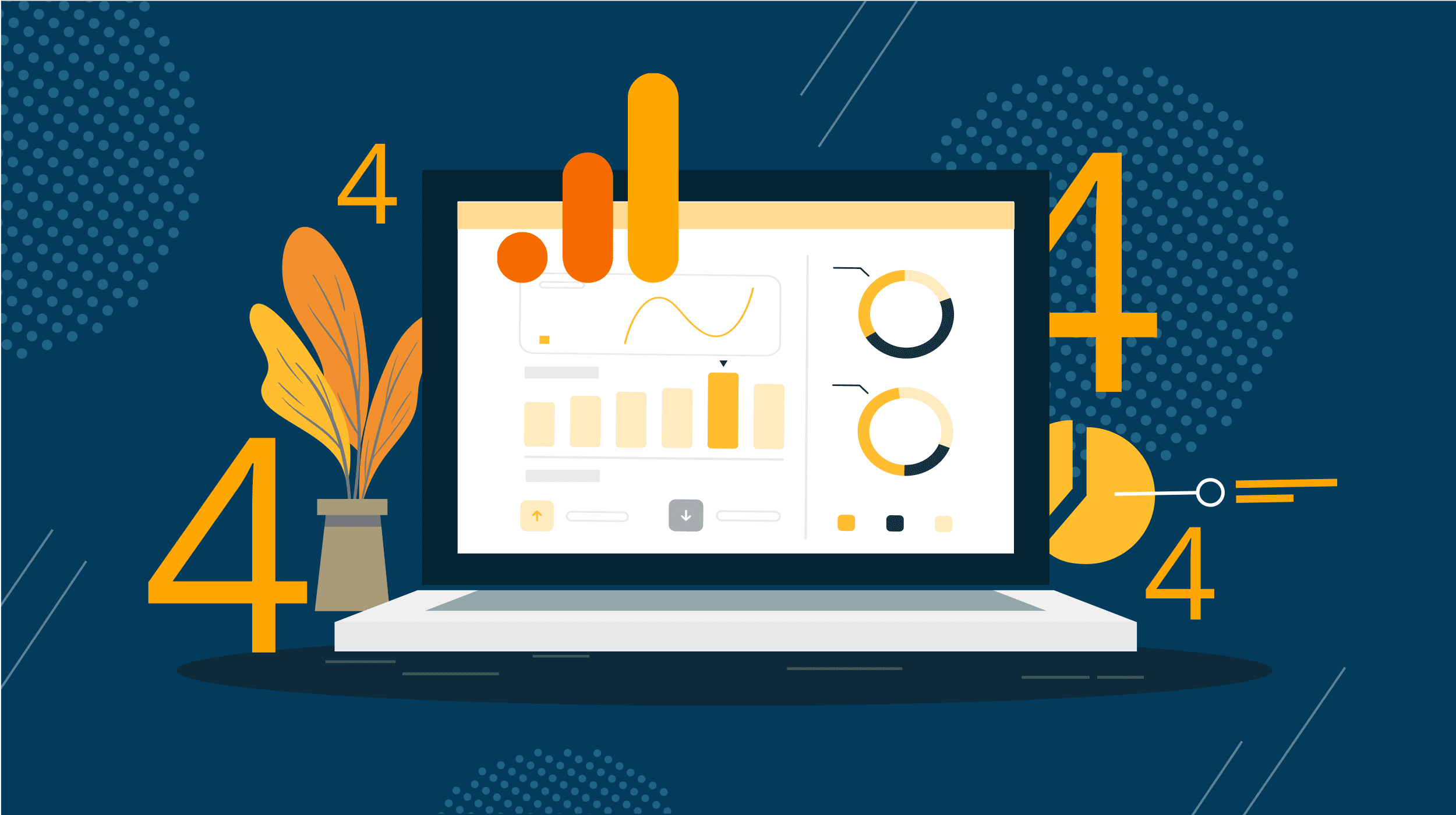Master Web Site Insights With Accurate Google Analytics Tracking Code
The efficient application of Google Analytics pivots on the specific implementation of its tracking code, a fundamental action frequently ignored by website proprietors. What are the common challenges that could weaken your tracking efforts, and just how can you guarantee precision in your approach?
Comprehending Google Analytics Basics
Google Analytics is an important tool for web site proprietors and online marketers, giving vital understandings right into user actions and web site efficiency. At its core, Google Analytics accumulates information concerning visitors to a website, permitting users to evaluate metrics such as website traffic resources, individual engagement, and conversion rates. Understanding these basics is essential for enhancing a site's effectiveness and boosting user experience.
The platform uses cookies to track interactions, taping data such as web page sights, session durations, and bounce rates. This information is accumulated and presented through personalized dashboards, allowing individuals to envision patterns in time. Key efficiency signs (KPIs) can be checked, such as the complete variety of customers, brand-new versus returning visitors, and the geographical distribution of the audience.
In Addition, Google Analytics provides segmentation functions, enabling individuals to separate specific web traffic sources or user demographics for more targeted analysis. By grasping these fundamental components, web site owners can make educated choices regarding content approach, marketing projects, and overall site improvements. Inevitably, comprehending Google Analytics basics is essential for leveraging data to drive development and achieve business purposes effectively.
Establishing Your Monitoring Code

Duplicate the supplied monitoring code and paste it into the HTML of your website. Preferably, this code ought to be placed in the header section of every web page you wish to track. This ensures that the monitoring code lots prior to any various other web content, allowing it to capture data accurately. There are plugins offered that simplify the integration process. if you are making use of a content monitoring system (CMS) like WordPress.
After setup, validate that the monitoring code is working correctly by utilizing Google Tag Assistant or the Real-Time records in Google Analytics - when does the google analytics tracking code send an event hit to analytics?. This step is vital to verify that your data collection is active and accurate, establishing the structure for informative analysis
Typical Tracking Code Issues
This may take place when the monitoring code is placed in the wrong area of the web site's HTML, frequently leading to insufficient or missing information. In addition, having multiple circumstances of the monitoring code on a solitary web page can result in filled with air metrics, as customer communications could be counted more than as soon as.
Another issue occurs from making use of ad blockers, which can prevent the tracking code from executing entirely, hence skewing information. when does the google analytics tracking code send an event hit to analytics?. Moreover, failure to configure filters correctly can bring about the exemption of necessary website traffic sources or the incorporation of unwanted recommendation spam, distorting the data accumulated
Website proprietors may additionally neglect the value of monitoring code updates, specifically when moving to Google Analytics 4 (GA4) from Universal Analytics. Lastly, not enough testing prior to introducing modifications can cause unseen mistakes in the monitoring code, further complicating data reliability. Addressing these typical problems is crucial for guaranteeing exact tracking and informative analytics.
Analyzing Site Information Properly
Accurate information collection is only the primary step in leveraging Google Analytics; the actual worth exists in effectively assessing that information to drive educated decision-making. To achieve this, it is vital to identify vital performance indications (KPIs) that straighten with your company goals. Concentrate on metrics such as conversion prices, customer involvement, and web traffic sources, as these will give insights into user actions and the overall performance of your website.
Making Use Of Google Analytics' segmentation attributes permits a deeper understanding of your target market. By damaging down data into particular demographics, behaviors, and web traffic click for more networks, you can discover patterns and patterns that educate targeted approaches. Carrying out custom-made reports and dashboards can enhance this procedure, allowing fast access to pertinent data.
Additionally, consistently assessing information trends gradually assists to recognize anomalies and possibilities for enhancement. Use visualization devices to existing information in an easily absorbable style, facilitating much more reliable communication with stakeholders. Ultimately, the ability to examine website data efficiently encourages services to make calculated choices that boost customer experience, enhance advertising efforts, and drive growth.

Best Practices for Accurate Monitoring
Executing effective monitoring methods is vital for getting reliable data in Google Analytics. To make sure precise monitoring, begin by properly installing the Google Analytics tracking code on every web page of your web site. This can be achieved with a tag supervisor or by straight installing the code right into the HTML.
Following, configure your Google Analytics account to leave out interior traffic. This can be done by establishing up filters visit this site that determine and eliminate sees from your organization's IP address, consequently preventing skewed data. Furthermore, make use of event tracking to keep track of particular user interactions, such as downloads or video plays, which standard web page views may ignore.
On a regular basis examine your tracking arrangement to confirm that all attributes, such as goals and ecommerce monitoring, are operating appropriately. Establish a consistent identifying convention for your projects and events to facilitate simpler coverage and analysis.
Last but not least, consider leveraging UTM parameters for projects to acquire insights right into the efficiency of different marketing initiatives. By complying with these ideal practices, you can improve the accuracy of your data collection and evaluation, ultimately causing more enlightened decision-making for your internet site.
Conclusion
By guaranteeing the tracking code is appropriately put and on a regular basis investigated, site proprietors can record essential customer communication information, hence promoting the recognition of essential performance signs. Inevitably, a durable monitoring framework enhances the ability to drive involvement and enhance general site efficiency.
Insufficient testing before launching modifications can result in unseen mistakes in the tracking code, even more complicating data integrity.Executing effective monitoring methods is important for acquiring trustworthy information in Google Analytics. By making certain the monitoring code is correctly put and click here for info frequently examined, site owners can capture essential user communication information, thus promoting the identification of key efficiency indications.